Pliosauroidea

Pliosauroids, or pliosaurs, are a superfamily of typically short-necked plesiosaurs. They usually have a small number of short neck vertebrae and often have huge skulls, but the earliest pliosaurs have a more conservative (in plesiosaur terms) body plan with a reasonably long neck and small head. In some pliosaur genera the skull may reach up to 3 meters in length and constitute about a quarter of the total length of the animal. The clade traditionally includes two main families, the Pliosauridae and Rhomaleosauridae, as well as a small number of basal genera whose position is uncertain. Some recent phylogenies have placed the Rhomaleosauridae in a more basal position, outside of the Pliosauroidea, so the position of Rhomaleosauridae within the plesiosaur family tree is uncertain. A clade of derived large-headed forms within the Pliosauridae is called Thalassophonea, and some authors also recognise a derived subfamily of thalassophonean pliosaurids called the Brachaucheninae (sometimes regarded as a a family Brachauchenidae), which includes Brachauchenius and Kronosaurus.
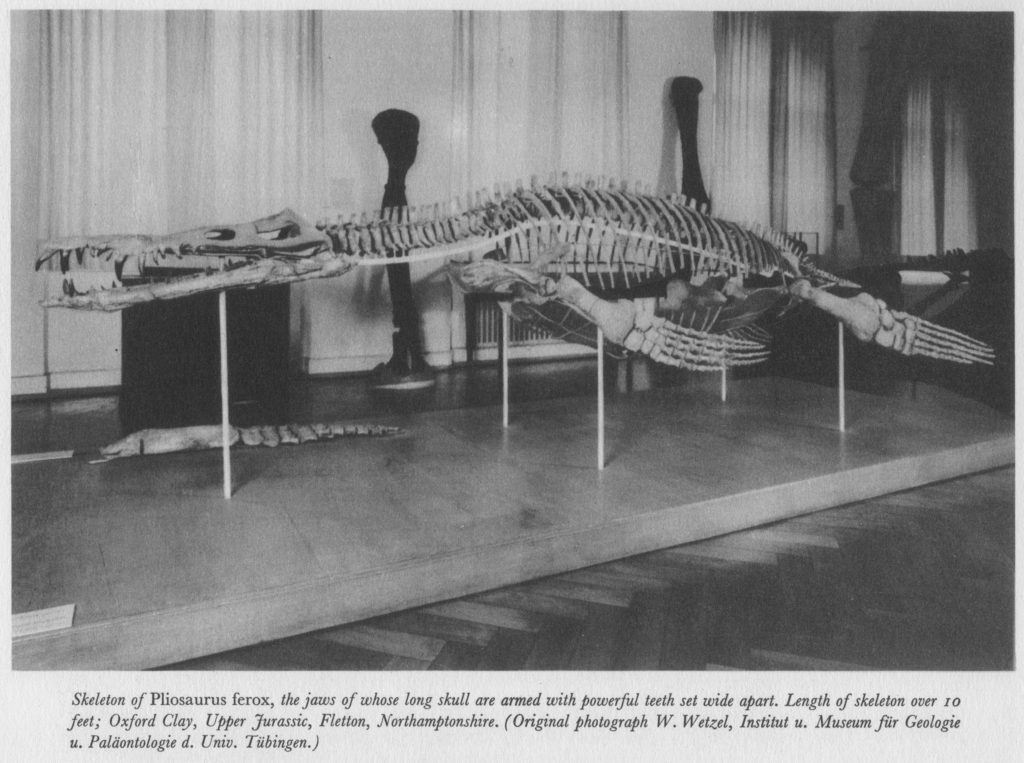
Pliosauroid genera
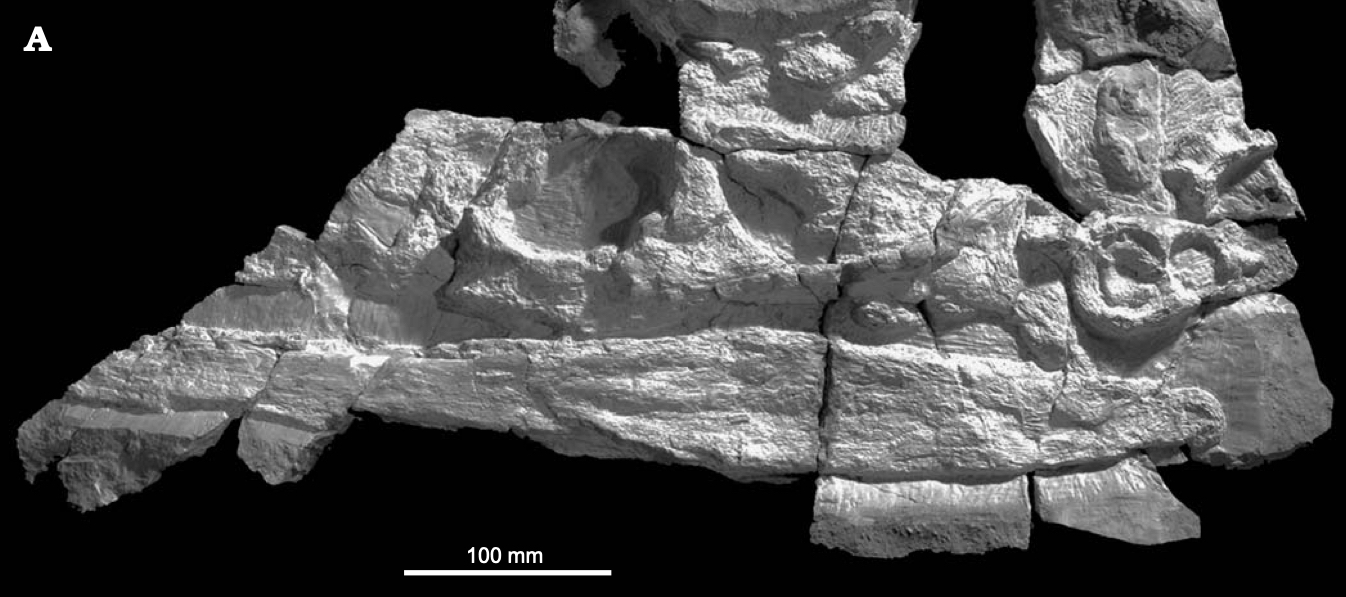
Anguanax
Anguanax is the first articulated plesiosaur ever found in Italy. It is a basal thalassophonean pliosaur from the Late Jurassic (middle Oxfordian). The type and only known specimen (MPPL 18797) of Anguanax was originally described as an indeterminate pliosaurid (Cau and Fanti 2014), but was subsequently named after reanalysis by the same authors the following year (Cau and Fanti 2015).

Archaeonectrus
The genus Archaeonectrus was proposed by Novozhilov (1964) for ‘Plesiosaurus’ rostratus, a species named by Owen (1865). By modern standards, Owen’s (1865) original description is rather inadequate. One notable characteristic of Archaeonectrus rostratus is the relatively small size of the limbs relative to its body.

Attenborosaurus
Attenborosaurus is an unusual plesiosaur because it combines a long neck with a relatively large head. It is classified as a pliosaur in some classifications, but some phylogenies place it in a more basal position. The genus was introduced for ‘Plesiosaurus’ conybeari, a species originally described by Sollas (1881).

Atychodracon
The genus Atychodracon was erected by Smith (2015) to accommodate ‘Rhomaleosaurus’ megacephalus, because it is generically separarate from Rhomaleosaurus sensu stricto (Smith and Dyke 2008). A. megacephalus is closely related to Eurycleidus and some authors have regarded A.
Bishanopliosaurus
Under construction
Borealonectes
Under construction
Cryonectes
Under construction
Eurycleidus
Under construction
Gallardosaurus
Under construction
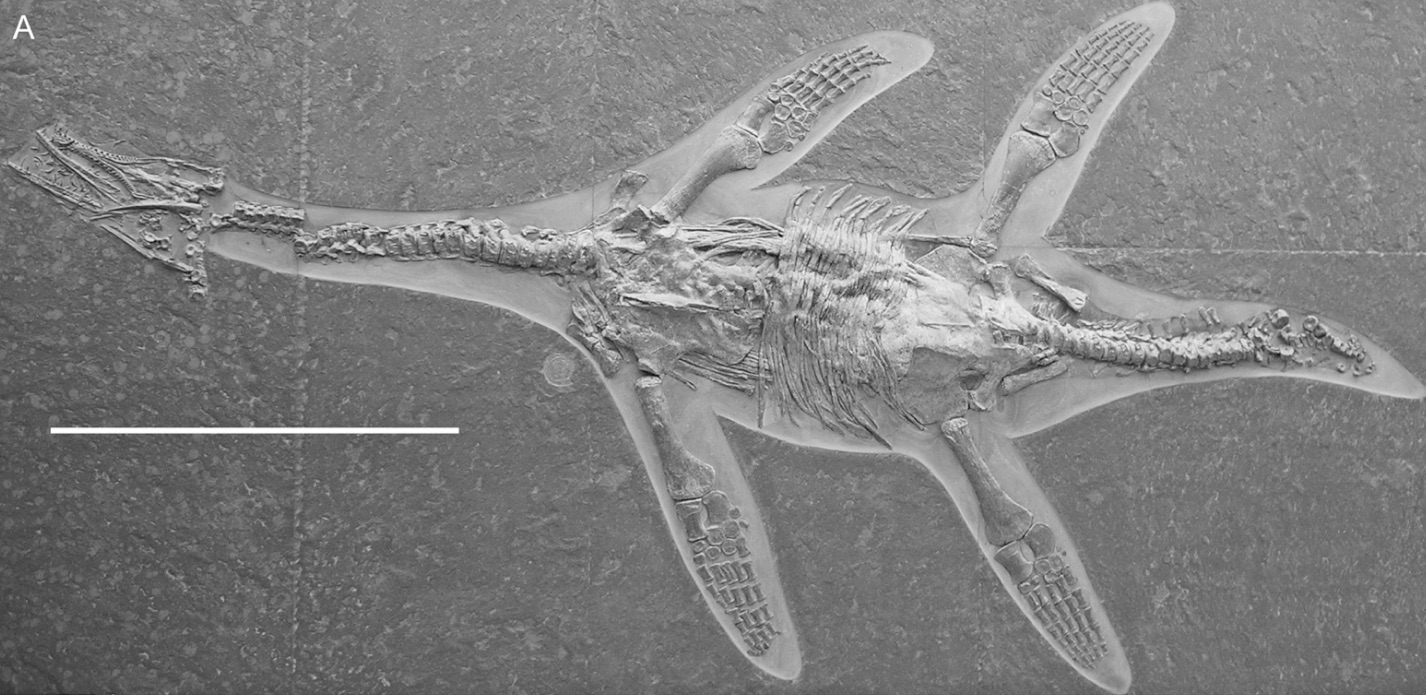
Hauffiosaurus
Hauffiosaurus is a basal pliosaurid known from the Lower Jurassic (Toarcian) of the UK and Germany. Hauffiosaurus is a medium to large sized plesiosaur (H. zanoni = 3.4 m, H.

Kronosaurus
Due to its large size and ferocious appearance, Kronosaurus is one of the most famous plesiosaurs. The iconic skeleton referred to Kronosaurus on display in the Museum of Comparative Zoology in Harvard is nicknamed ‘plasterosaurus’ because so much of it is reconstructed in plaster.

Liopleurodon
Liopleurodon is a pliosaur that hardly needs introduction since appearing as the villain in the BBC’s ‘Walking with Dinosaurs’ TV series. This led to popular misconceptions about the size of Liopleurodon, which is known to have reached adult sizes in the region of seven metres long, nowhere near the gargantuan 25m estimate proposed by the series and later perpetuated elsewhere.
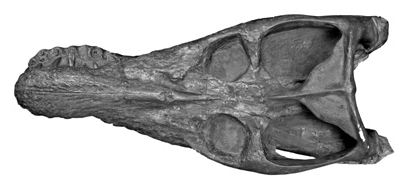
Macroplata
Macroplata has a unique character in its pectoral girdle: a distinct notch on the posterior border of the coracoid. The number of rib facets varies along the cervical vertebral column (27 in total) there is only one in the anterior vertebrae but two in the posterior ones.
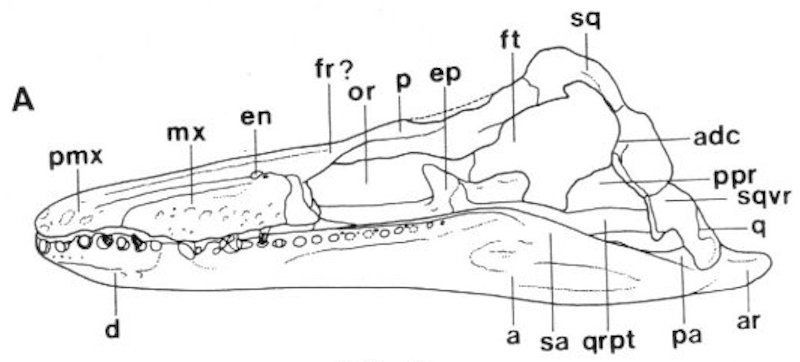
Maresaurus
M. coccai (Gasparini 1997) type material: MOZ 4386 V articulated skull and mandible, atlas-axis and first cervical vertebrae. From the upper part of the Los Molles Formation, Cuyo Group, Emileia giebeli and Emileia multiformis subzone.
Skull of Maresaurus in lateral, dorsal and ventral view.

Marmornectes
Marmornectes is a pliosaur with a long and narrow snout from the Oxford Clay. It was described and named by Ketchum and Benson (2011a). The type and only specimen (BEDFM 1999.201) comprises a substantially complete skeleton including a partial skull.
Megalneusaurus
Under construction
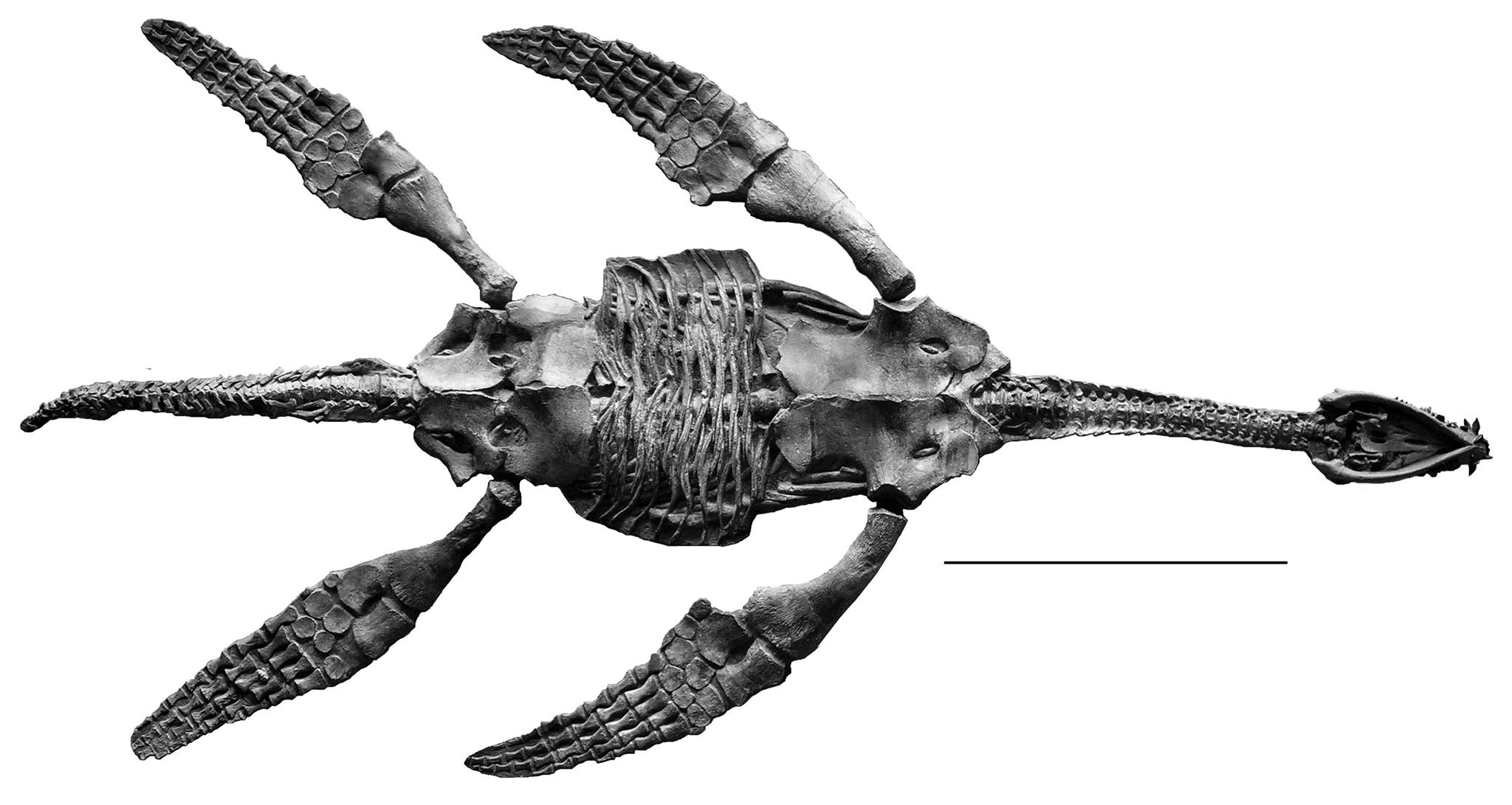
Meyerasaurus
M. victor was originally described and figured by Fraas (1910). Historically, M. victor has been regarded as a species of Rhomaleosaurus and is often associated in the literature under the defunct name ‘Thaumatosaurus’.
Monquirasaurus
Monquirasaurus is a giant pliosaurid from Colombia, South America. Originally named by Hampe (1992) as a species of Kronosaurus (K. boyacensis), the skeleton was later allocated to the new genus Monquirasaurus by Noè and Gómez-Pérez (2021).
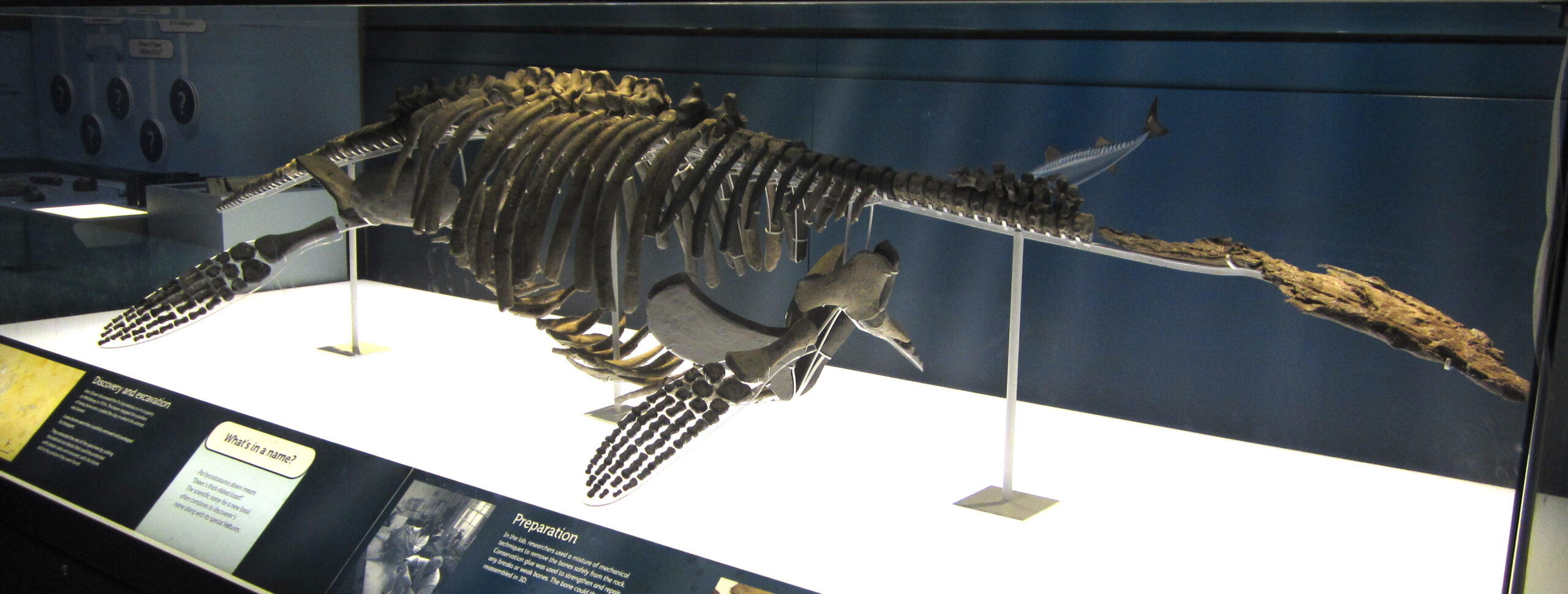
Pachycostasaurus
Pachycostasaurus is approximately 3.1 meters long. Its rib cage and vertebrae exhibit thickened bone (Cruickshank et al. 1996) a condition termed pachyostosis. This heavy ossification is unusual in plesiosaurs (another exception may include Kronosaurus), although it is common in basal sauropterygians, especially pachypleurosaurs.

Peloneustes
Peloneustes is one of several pliosaur genera from the Oxford Clay Formation in the UK. It is one of the better known pliosaurs from this horizon, represented by 12 nearly complete skulls and several skeletons. It is also the most abundant pliosaur from the Peterborough Member of the Oxford Clay Formation (Ketchum and Benson 2011b).

Pliosaurus
Under construction
Skull of Pliosaurus kevani in right lateral view. From Benson et al. (2013).
The ‘Westbury Pliosaur 1’ specimen of Pliosaurus brachyspondylus, skull on display in the Bristol Museum and Art Gallery. Photo by Chris Crump.

Rhomaleosaurus
Rhomaleosaurus is the largest known Lower Jurassic pliosaur and was the top predator in early Jurassic marine ecosystems. It has a reinforced skull to help resist torsion and a ferocious set of teeth, a combination of characters perfect for snatching and killing cephalopods, fish, and other marine reptiles.

Simolestes
Simolestes has variously been allied with the Pliosauridae and the Rhomaleosauridae. The most noticeable difference between Simolestes and the other pliosaur taxa from the Oxford Clay (Liopleurodon, Peloneustes, Pachycostasaurus), is its much shorter snout and mandibular symphysis, a character is shares with the Rhomaleosauridae.
Stenorhynchosaurus
Under construction

Thalassiodracon
The species Plesiosaurus hawkinsii was introduced in 1838 for a small plesiosaurian from Street, Somerset. The new genus name Thalassiodracon was erected decades later following an examination of a referred skull in Cambridge (CAMSM J.46986).
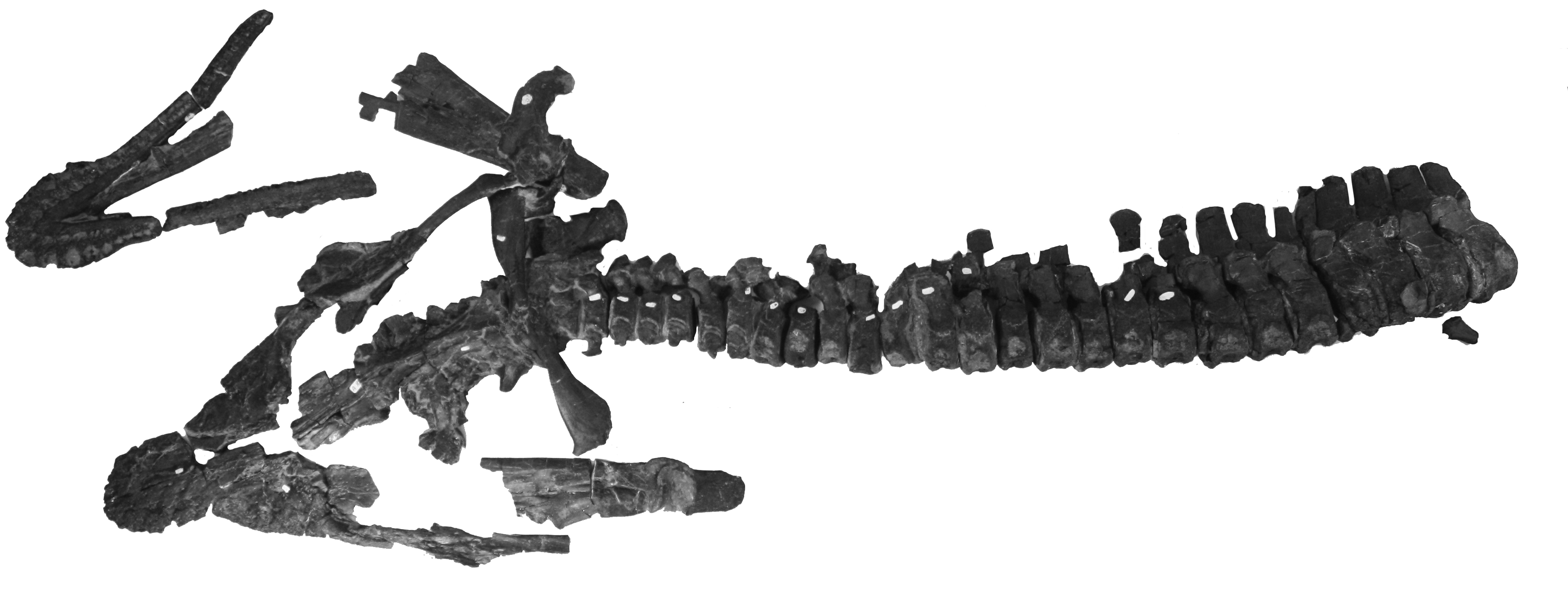
Thaumatodracon
Thaumatodracon is a relatively large rhomaleosaurid from the Lower Jurassic (Sinemurian) of Lyme Bay – the coast between Lyme Regis and Charmouth – UK. The holotype specimen (NLMH 106.058) is an almost complete skull and cervical (neck) series.

